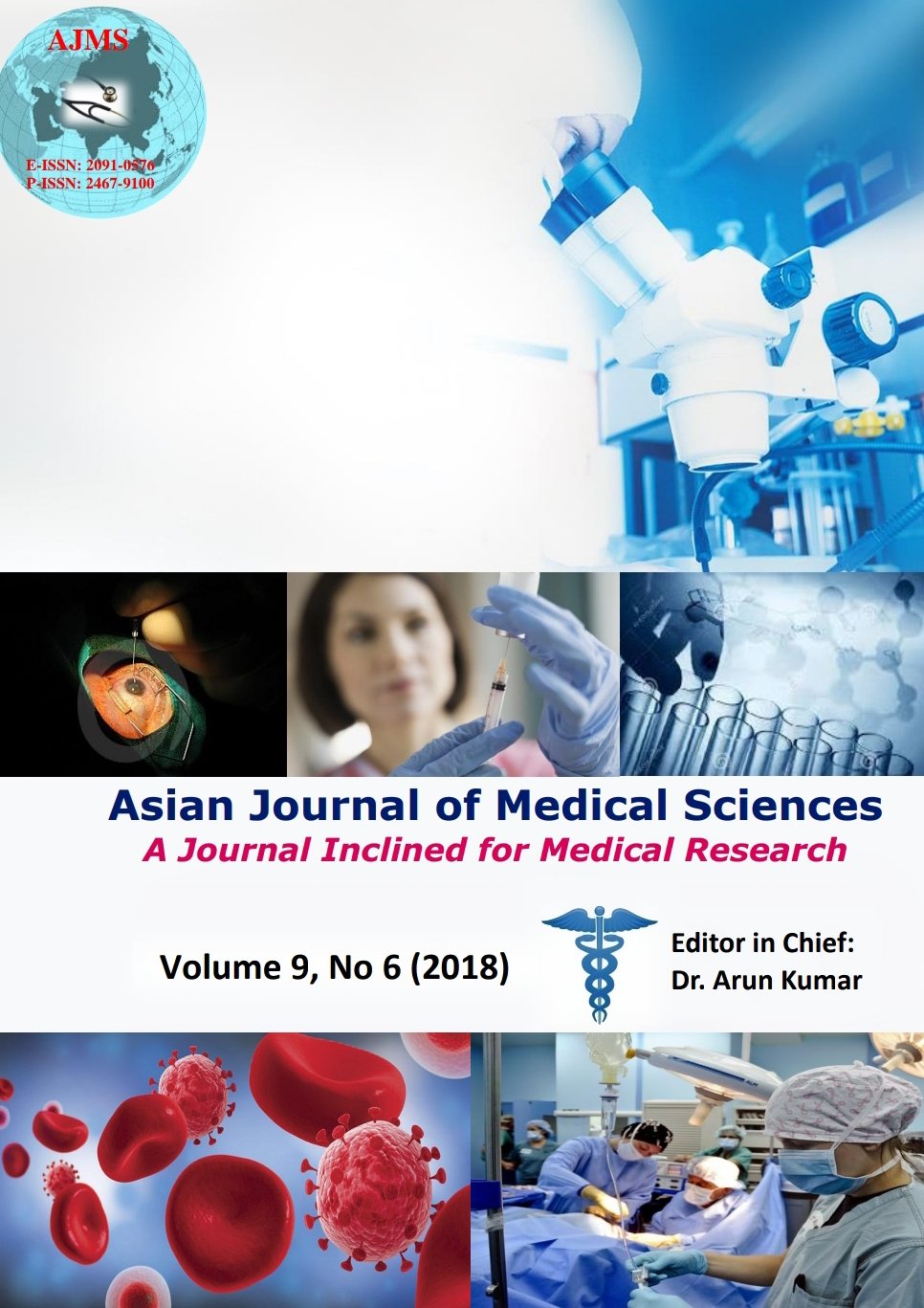Is laparoscopic totally extra peritoneal repair of hernia (TEP) superior than trans-abdominal preperitoneal (TAAP) mesh repair of inguinal hernia- our experience from a tertiary care hospital, Kolkata
Keywords:
Inguinal hernia, Laparoscopic repair, Comparison of TAPP and TEPAbstract
Background: The most common laparoscopic techniques for inguinal hernia repair are transabdominal preperitoneal (TAPP) repair and totally extraperitoneal (TEP) repair. In TAPP a mesh is placed through peritoneal incision over possible sites of hernia by going into peritoneal cavity, where as in TEP the peritoneal cavity is not entered and a mesh is used to seal the hernia from outside the peritoneum.
Aims and Objectives: The aim of the current study was to compare the outcome of Total Extra- peritoneal (TEP) versus Trans-abdominal Pre-peritoneal (TAPP) repair of inguinal hernia, where both can be done.
Materials and Methods: The current randomized control study was conducted among eighty patients of inguinal hernia. Of these, the sampling was done through random allocation of patients for TEP (Group-I) and TAPP (Group-II), comprising forty patients in each group. All patients irrespective of group were observed for pain (by VAS Score), mean operative time, duration of hospital stay, days taken to resume their normal activities, intra-operative and early post-operative complications and recurrence if any.
Results: The pain in both groups was insignificant until one day but highly significant differences (p<0.0001) were observed by end of day 2 and 1 month, showing higher degree of pain in TAPP with respect to TEP procedure. The differences in mean operative time for surgery was highly significant (p<0.0001) with mean time of 86.72 min (TAPP) and 99.72 (TEP). The duration of hospital stay was higher in TAPP (5.2 days) compared to TEP (2.6 days). The mean time to return to normal activities was 10.8 days (TAPP) and 6.2 days (TEP) which was highly significant (p<0.0001). The recurrence though occurred only in one patient in TEP group which was negligible. The other post-operative complications was seroma (8 cases; TAPP) versus (1 case; TEP) and it was highly significant (p<0.0001). The port site infection was in 20 % patients (8/40) in TAPP compared to 2.5% (1/40) in TEP group.
Conclusion: The TEP is comparatively superior than TAPP procedure in terms of post-operative complications, duration of hospital stay and return to normal activities.
Asian Journal of Medical Sciences Vol.9(6) 2018 20-24
Downloads
Downloads
Published
How to Cite
Issue
Section
License
Authors who publish with this journal agree to the following terms:
- The journal holds copyright and publishes the work under a Creative Commons CC-BY-NC license that permits use, distribution and reprduction in any medium, provided the original work is properly cited and is not used for commercial purposes. The journal should be recognised as the original publisher of this work.
- Authors are able to enter into separate, additional contractual arrangements for the non-exclusive distribution of the journal's published version of the work (e.g., post it to an institutional repository or publish it in a book), with an acknowledgement of its initial publication in this journal.
- Authors are permitted and encouraged to post their work online (e.g., in institutional repositories or on their website) prior to and during the submission process, as it can lead to productive exchanges, as well as earlier and greater citation of published work (See The Effect of Open Access).




